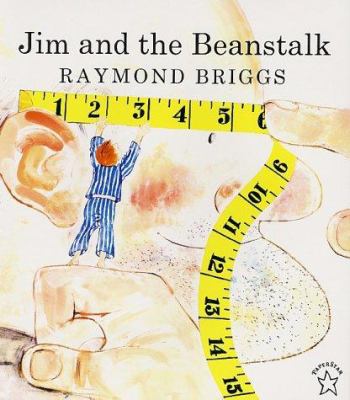This weekend there was a Criminal Minds marathon on, and I
was glued to the television. I did take some time to enjoy the warm weather,
but otherwise I was in front of my television with my computer on my lap
working away at different tasks I had to complete and needed to work on. All the characters on the show are fascinating, but the most
fascinating is Reid who has an eidetic memory and is a great asset to the FBI
team who profiles serial killers in order to find them.

The episode in
particular that caught my attention was one that included the reference of the
Fibonacci sequence. Back in my undergrad, I worked for a leadership spring camp
at Brock University (called
Youth University). We did many things with students
in grades 5-8 for the 2 ½ days they were visiting with us, including high
ropes, rock climbing, leadership games/activities, nature walks, etc. One thing
in particular that I recall doing (6-8 weeks in a row, 2 camp sessions per
week) was making a necklace on our nature walk (usually on the first or second
day) representing the Fibonacci sequence through the colours we chose to put
on. (For example, there would be one blue bead, then one red bead, then two
yellow beads, then three purple beads, then five green beads, etc. to make up
the Fibonacci sequence).
What is the Fibonacci sequence you ask? Well, if you don’t
know, the Fibonacci sequence is a set of numbers that starts at 1, with each subsequent number is the sum of the previous two.
So, we start at 1, and the number
before it is 0. Creating the sum 0+1=1 to get the next number; so the first two
numbers are 1,1. Then you add, 1+1 to get 2; and if we add 2 the sequence you
get: 1,1,2. Then you add, 1+2=3 so we add 3 to the sequence to get 1,1,2,3. Add
2+3=5 to get 1,1,2,3,5; and add 3+5=8 to get 1,1,2,3,5,8 …etc.
Here’s the sequence with no words and
you might get it a bit better (if you don’t already):
1, 1, 2, 3, 5, 8, 13, 21, 34, 55, 89, 144…(I think
you get the point now…)
Anyway, the point of this whole blog,
is the fact that something that we teach in middle or high school CAN really be
used in real life. Even something as abstract as the Fibonacci sequence and
that it can show up in the simplest of things (sitting and watching a
television show, for example). Even if your mind isn’t doing the mathematical
equations while watching television, you are aware of it and able to connect
with the content that much more. (I even posted a picture of Pascal's Hex (or triangle) which has elements of the Fibonacci
sequence in it during my last blog post and didn’t even notice it – although recognized the ‘pattern’
as I called it – because I haven’t reviewed the concept in a long time!)
 I think students need to see the
relevance of what they learn as an incentive to learn. I know that I sometimes
have a hard time sitting in a class where I don’t find relevance to it, so I
know the importance of providing students with that incentive to learn – and answering
that “why are we learning this” question…and not by answering with the simple
answer of “because you have to” or “because I’m told to teach this”. Everything
has a purpose!
I think students need to see the
relevance of what they learn as an incentive to learn. I know that I sometimes
have a hard time sitting in a class where I don’t find relevance to it, so I
know the importance of providing students with that incentive to learn – and answering
that “why are we learning this” question…and not by answering with the simple
answer of “because you have to” or “because I’m told to teach this”. Everything
has a purpose!
To close this off, I wanted to let
you know that because of Reid’s discovery and use of the Fibonacci sequence,
the FIB team were able to crack the
case and save some people’s lives (as well as their own)!! Yay for math that
saves the day!



























